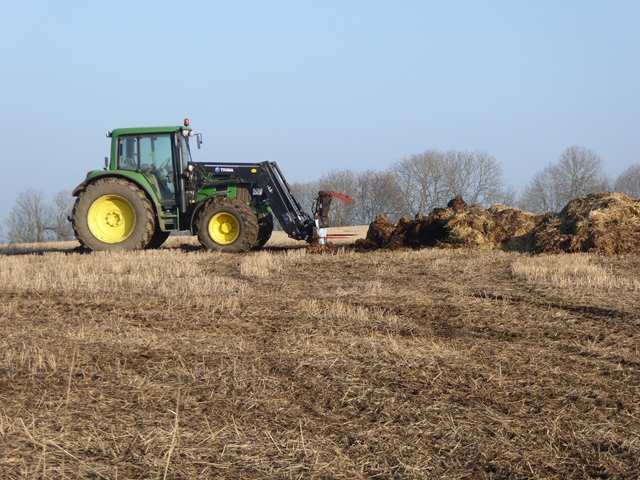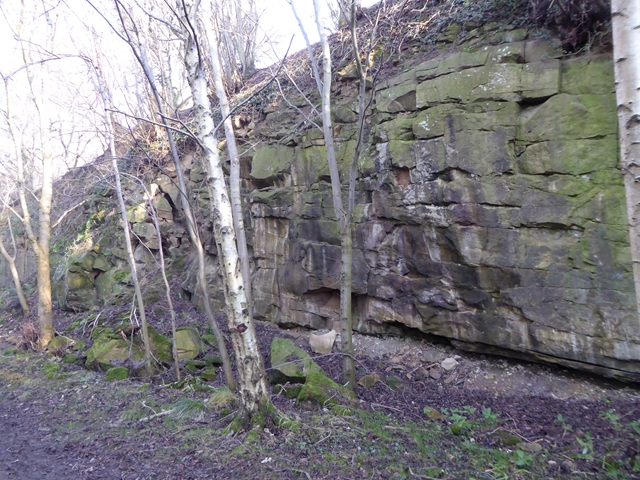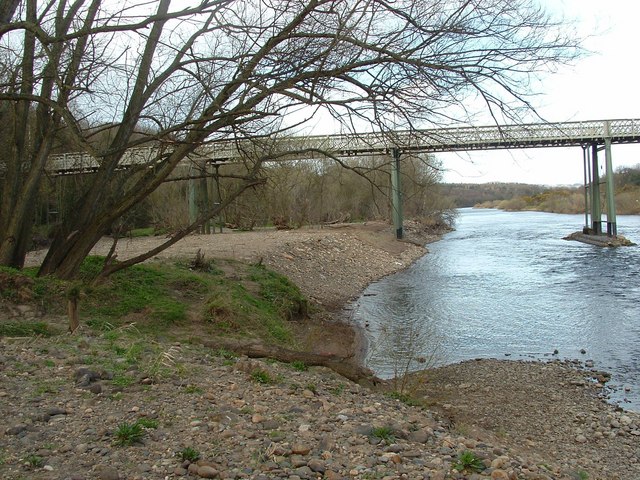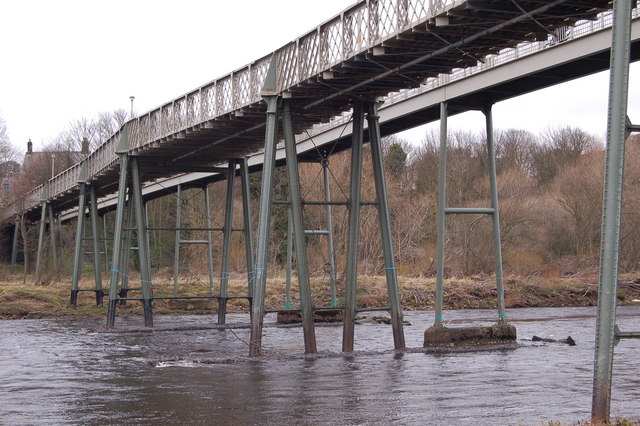Ovington
Civil Parish in Northumberland
England
Ovington

Ovington is a small civil parish located in the county of Northumberland, England. Situated in the northern part of the country, it falls within the administrative boundaries of the Tynedale district. The parish is positioned along the banks of the River Tyne, offering picturesque views of the surrounding countryside.
With a population of around 300 residents, Ovington is a tight-knit community known for its friendly atmosphere. The parish consists of a mix of residential properties, including traditional stone-built houses and more modern developments. The village center features a handful of amenities, such as a local pub, a village hall, and a primary school, providing essential services to the residents.
Ovington is surrounded by natural beauty, making it an attractive destination for outdoor enthusiasts. The nearby Northumberland National Park offers stunning landscapes, including rolling hills, woodlands, and expansive moorlands. The park provides numerous opportunities for walking, hiking, and wildlife spotting.
Historically, Ovington has a rich heritage, with evidence of human settlement dating back to Roman times. The area boasts several archaeological sites, including the remains of Roman forts and a medieval motte-and-bailey castle. These historical landmarks attract visitors interested in exploring the region's past.
Overall, Ovington is a tranquil and picturesque civil parish in Northumberland, offering a peaceful lifestyle surrounded by natural beauty and a strong sense of community.
If you have any feedback on the listing, please let us know in the comments section below.
Ovington Images
Images are sourced within 2km of 54.97062/-1.891742 or Grid Reference NZ0764. Thanks to Geograph Open Source API. All images are credited.





Ovington is located at Grid Ref: NZ0764 (Lat: 54.97062, Lng: -1.891742)
Unitary Authority: Northumberland
Police Authority: Northumbria
What 3 Words
///undertook.roofer.incur. Near Prudhoe, Northumberland
Nearby Locations
Related Wikis
Ovington, Northumberland
Ovington is a village and civil parish in the south of Northumberland, England. It is located on the north bank of the River Tyne. == History == Very...
Cherryburn
Cherryburn is a cottage in Mickley, Northumberland, England. It was the birthplace of Thomas Bewick, an English wood engraver and ornithologist. The cottage...
Ovingham Bridge
Ovingham Bridges are a pair of side-by-side vehicle and pedestrian bridges across the River Tyne linking Ovingham and Prudhoe in Northumberland, England...
Ovingham
Ovingham is a civil parish and village in the Tyne Valley of south Northumberland, England. It lies on the River Tyne 10 miles (16 km) east of Hexham...
Nearby Amenities
Located within 500m of 54.97062,-1.891742Have you been to Ovington?
Leave your review of Ovington below (or comments, questions and feedback).
















